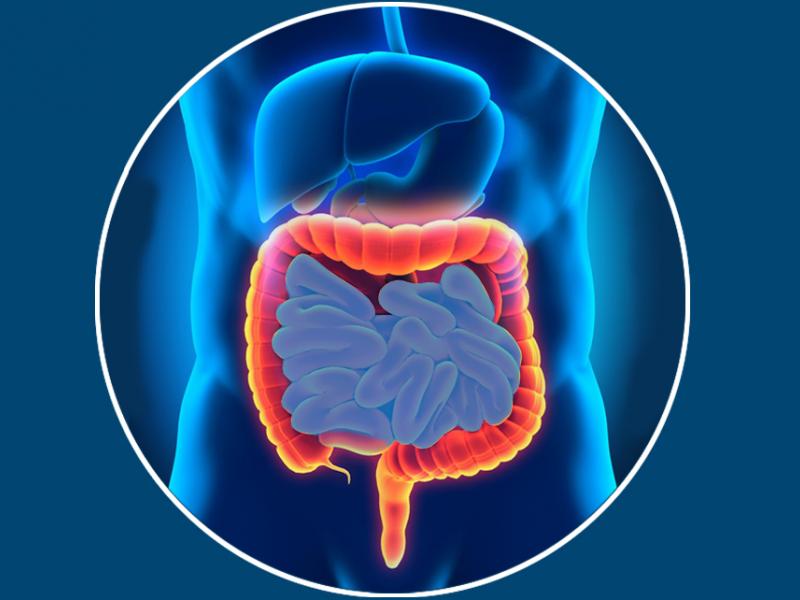Which obesity surgery is right for me?
Bariatric surgeries in Türkiye today represent an effective solution for all types of obesity. When obesity is moderate, it can be treated with the gastric balloon; When obesity progresses from moderate to severe, it can be treated with a gastric sleeve. In cases of excessive obesity, surgeons resort to gastric bypass.
If you wish to undergo bariatric surgery to treat obesity, it is extremely important to consult specialist doctors, as they are the most qualified to determine the most appropriate intervention for your case.
Bariatric surgery in Turkey is recommended by most nutrition doctors since it allows better control of blood sugar levels even before patients have lost weight.
Obesity surgery consists of preliminary preparation during which medical history is determined and a commitment on the part of the patient to adopt healthy eating habits. The patient must demonstrate a willingness to follow the recommendations which make it possible to avoid excess weight and preserve the results of the intervention.
What are the types of obesity surgeries?
Obesity surgeries can be of different types. For example, gastric banding, intragastric balloon, and gastrectomy are procedures that alter the capacity of the stomach. Its success is contingent on the patient's willingness to follow a diet.
The types of obesity surgeries are:
Gastric bypass
Gastric bypass surgery is a more effective but more complex technique that combines shrinking the stomach by dividing it into two parts with modifying the small intestine so that whatever is eaten is not absorbed. It is reversible and allows a varied diet.
Gastric bypass requires regular checks to establish vitamin levels.
Gastric balloon
The gastric balloon consists of placing, through a gastroscope, an intra-gastric balloon filled with air or serum, which reduces the capacity of the stomach, causing a feeling of fullness and satiety. After six months, he must be stopped.
A gastric balloon is used in addition to diet or to prepare for surgery when partial weight loss is needed.
Gastric Band
The gastric band consists of placing a silicone ring at the entrance to the stomach. This requires periodic band adjustments and the adoption of a gentle diet to reduce the effects of vomiting and reflux.
Sleeve gastrectomy
The stomach is reduced vertically, turning it into a tube from its beginning to its exit. Sleeve gastrectomy is a widely used and irreversible restrictive technique, which requires following an indicated diet and which has few side effects.
Experienced bariatric surgeons in Turkey
An experienced bariatric surgeon in Turkey, specializing in the treatment of obesity, ensures that patients can choose the therapeutic option best suited to their situation. Surgical procedures are performed in a highly advanced medical center that masters the full range of bariatric techniques, from the simplest to the most complex. Turquie Santé can help you choose the most appropriate clinic for your needs.
How do I know if I am obese?
Obesity is defined as excessive accumulation of body fat relative to lean body mass, both in terms of absolute quantity and distribution at specific points on the body. The measurement of the distribution of body fat can be carried out with different methods, from the measurement of skin folds to the ratio between the circumference of the waist and the hips, or with more sophisticated techniques such as ultrasound, CT scan, or magnetic resonance...
The classification of the population according to weight is made using the BMI body mass index, considered the most representative of the presence of excess body fat. BMI is calculated using the following formula:
BMI = weight (in kg) / height squared (in meters)
Weight categories for adults indicated by BMI are:
- <18.5 underweight
- 18.5 - 24.9 normal weight
- 25 - 29.9 overweight
- > 30 obesity.
Based on the patient's body mass index (BMI), health status, and expectations, surgeons at our partner clinics define the appropriate bariatric procedure.
Obese versus overweight
The World Health Organization (WHO) defines overweight and obesity as diseases which are characterized by an abnormal or excessive accumulation of fat in the human body, which can harm health. It is easy to differentiate whether you are overweight or you are obese. Simply calculate your BMI, the table below allows you to identify your case :
|
BMI |
Phase |
|
Between 25 and 30 kg/m² |
Overweight |
|
Between 30 and 35 kg/m² |
Moderate obesity |
|
Between 35 and 40 kg/m² |
Severe obesity |
|
More than 40 kg/m² |
Massive obesity |





